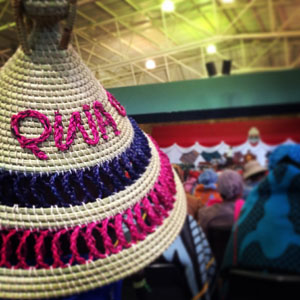 Photo: RooistoelTV |
Every historical era presents its own challenges and creates its own leaders who take up the call to address those challenges.
This was expressed by Dr Nyefolo Malete who presented the Inaugural Memorial Lecture on 6 September 2014 at the Qwaqwa Campus. The lecture honoured the live of the Qwaqwa founder, Morena Paulus Mopeli Mokhachane.
Dr Malete said that Morena Mopeli played his part in history as a skilled negotiator, formidable team player and a liberator who held good human relations in high regard.
“Morena Mopeli lived at the time when Southern Africa was experiencing a moment of frustration and despair. It was faced with conflicts, battles, starvation and turmoil in preparation for a transformation that was to serve as the mirror of the political and social stage which existed until 1994,” Dr Malete said.
“He was a hopeful leader and thinker who played a critical role in assisting his brother Moshoeshoe to build and protect Lesotho where it was humanly possible. He participated in most of the negotiations with all the groups to create peace and protect the borders of Lesotho. He was a good, intelligent and formidable diplomat who was aware of his role as a leader. He was aware that he could influence the future through dialogue.”
Dr Malete said that Africa needs leaders like Mopeli. Leaders who can expand the capacity to remain open to possibilities and “envision a positive future in the face of uncertainty and to creatively construct pathways that can be embraced by all people who collectively seek to turn possibilities into reality.”
In attendance at the lecture were dignitaries from the Lesotho Royal House, the Free State Provincial Government and the Free State House of Traditional Leaders.